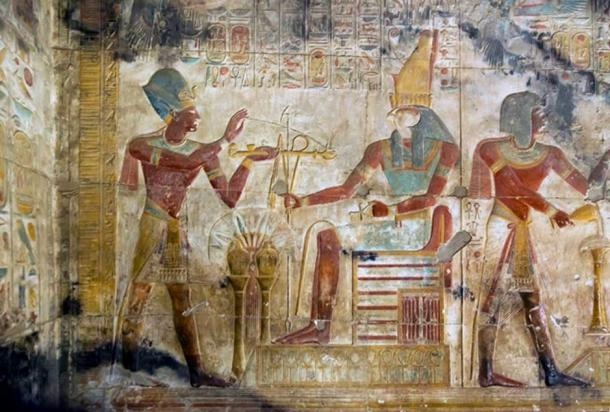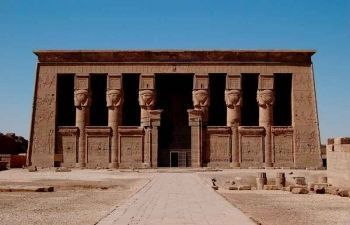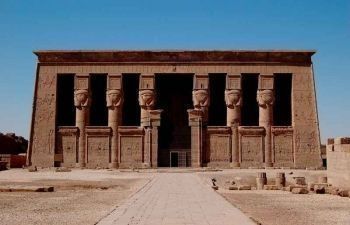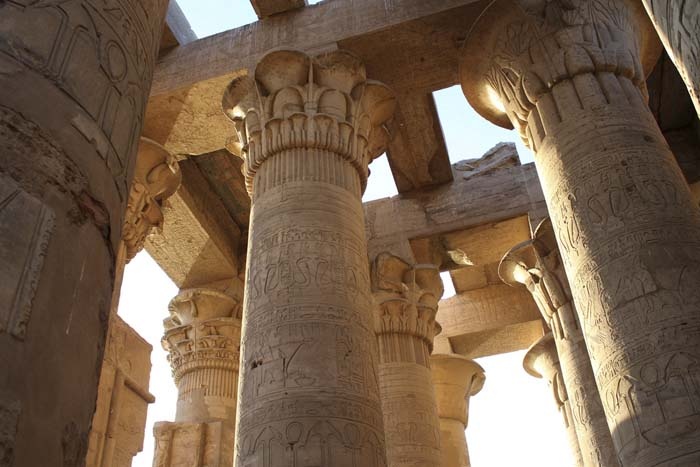the Tomb of Seti I
The tomb of Seti 1 KV 17, located in the southeast branch of the wadi, is the longest and deepest of all the tombs in the Valley of the Kings. It is the first tomb to be decorated with a complete program of religious texts. The tomb is decorated with the Litany of Ra
the Tomb of Seti I
Description: KV 17, located in the southeast branch of the wadi, is the longest and deepest of all the tombs in the Valley of the Kings. The tomb was also known by the names "Belzoni's tomb, The tomb was discovered by Belzoni on 16 October 1817. When he first entered the tomb he found the wall paintings in excellent condition with the paint on the walls still looking fresh and some of the artists paints and brushes still on the floor
It is the first tomb to be decorated with a complete program of religious texts. The tomb is decorated with the Litany of Ra (corridor B, gate C, stairwell C), Book of the Dead (stairwell C), Imydwat (stairwell C, corridor D, gate Fa, side chamber Fa, side chamber Jb, burial chamber J), Book of Gates (pillared chamber F, gate Fa, side chamber Ja, burial chamber J), Opening of the Mouth ritual (corridor G, corridor H, gate H), Book of the Heavenly Cow (side chamber Je), astronomical scenes (burial chamber J), Seti I with deities (corridor B, well chamber E, pillared chamber F, chamber I, side chamber Fa, burial chamber J, gate G), deities (stairwell C, gate D, gate J, gate Jb, gate Jd, side chamber Jb, burial chamber J), and representations of the king alone (gate Ja, gate Je). It is also the first tomb to have a vaulted burial chamber.
The tomb of Seti I consists of a total of seven corridors and ten chambers, decorated with painted, raised relief (with the exception of Fa). Three sloping corridors (B, C, D), lead to a well chamber (E) and pillared chamber (F) with side chamber (Fa). Aside descent and two sloping corridors (G, H) lead to a chamber (I) beyond which lies burial chamber J. This has five side chambers (Ja-Je), and a long passage (K) at the rear.
Noteworthy features: KV 17 is one of the most completely decorated tombs in the Valley of the Kings, with painted raised relief decoration of the highest quality. There is an unusually long descending passage (K) in the floor of the burial chamber J. Recesses were cut in the benches of Jb.
Axis in degrees: 218.68
Axis orientation: Southwest The entrance is decorated with two figures, on each side, a male and a female, as large as life. The female appears to represent Isis, having, as usual, the horns and globe on her head. She seems ready to receive the hero, who is about to enter the regions of immortality. The garments of this figure are so well preserved that nothing which has yet been brought before the public can give a more correct idea of Egyptian customs. The figure of the hero is covered with a veil, or transparent linen, folded over his shoulder and covering his whole body, which gives him a very graceful appearance. Isis is apparently covered with a net, every mesh of which contains some hieroglyphic, serving to embellish the dress of the goddess. The necklace, bracelets, belt, and other ornaments are so well arranged that they produce the most pleasing effect, particularly by the artificial lights, all being intended to conduce to this purpose. Proceeding farther, we entered a large hall, twenty-seven feet by twenty-six feet. In this hall are two rows of square pillars, three on each side of the entrance, forming a line with the corridors. At each side of this hall is a small chamber. This hall I termed the Hall of Pillars; the little room on the right, Isis's Room, as in it a large cow is painted, of which I shall give a description hereafter; that on the left, the Room of Mysteries, from the mysterious figures it exhibits. At the end of this hall, we entered a large saloon with an arched roof or ceiling, which is separated from the Hall of Pillars only by a step; so that the two may be reckoned one. The saloon is thirty-one feet by twenty-seven feet.
Axis in degrees: 218.68
Axis orientation: Southwest The entrance is decorated with two figures, on each side, a male and a female, as large as life. The female appears to represent Isis, having, as usual, the horns and globe on her head. She seems ready to receive the hero, who is about to enter the regions of immortality. The garments of this figure are so well preserved that nothing which has yet been brought before the public can give a more correct idea of Egyptian customs. The figure of the hero is covered with a veil, or transparent linen, folded over his shoulder and covering his whole body, which gives him a very graceful appearance. Isis is apparently covered with a net, every mesh of which contains some hieroglyphic, serving to embellish the dress of the goddess. The necklace, bracelets, belt, and other ornaments are so well arranged that they produce the most pleasing effect, particularly by the artificial lights, all being intended to conduce to this purpose. Proceeding farther, we entered a large hall, twenty-seven feet by twenty-six feet. In this hall are two rows of square pillars, three on each side of the entrance, forming a line with the corridors. At each side of this hall is a small chamber. This hall I termed the Hall of Pillars; the little room on the right, Isis's Room, as in it a large cow is painted, of which I shall give a description hereafter; that on the left, the Room of Mysteries, from the mysterious figures it exhibits. At the end of this hall, we entered a large saloon with an arched roof or ceiling, which is separated from the Hall of Pillars only by a step; so that the two may be reckoned one. The saloon is thirty-one feet by twenty-seven feet.



























